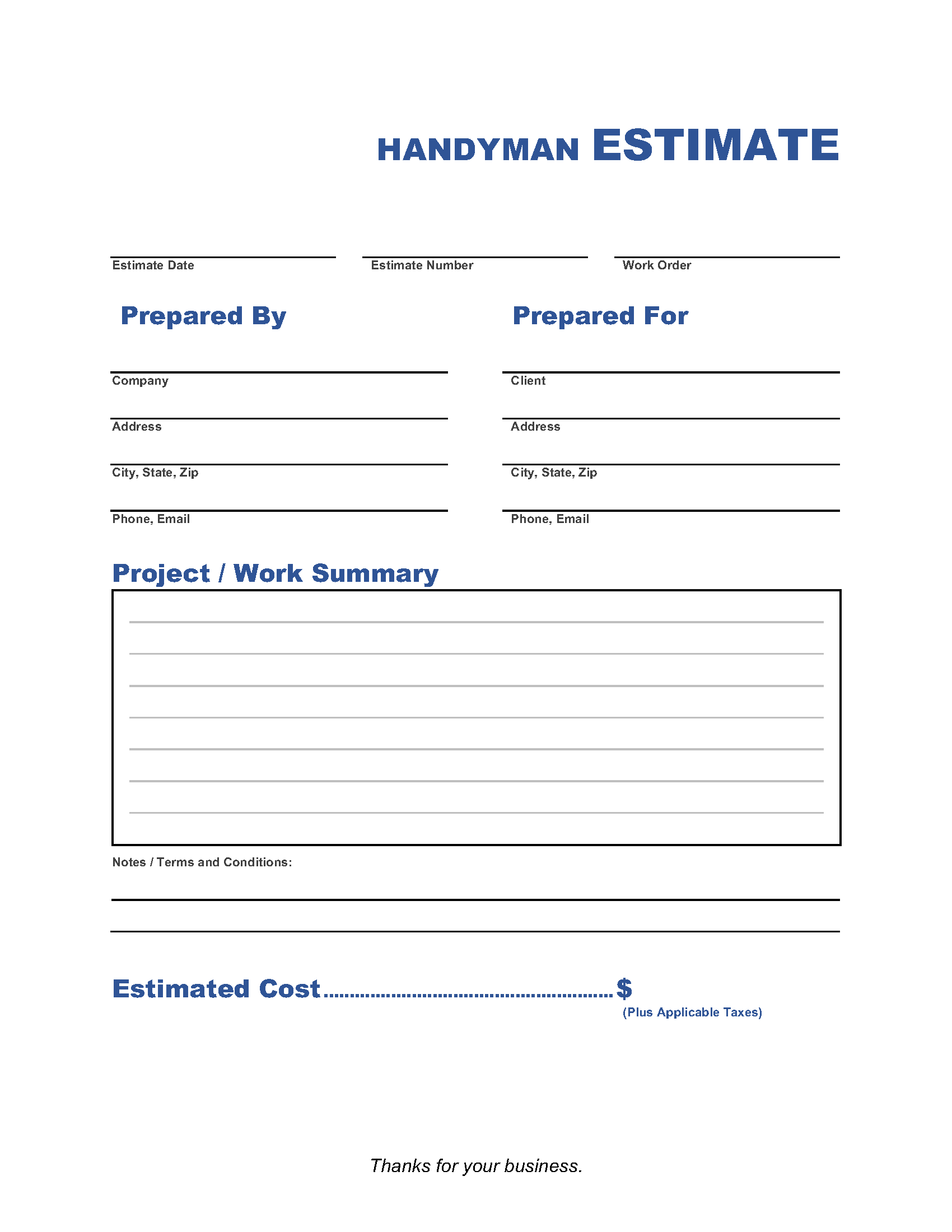How to Estimate a Home Repair Job
Among handymen, there’s a term used to explain the estimating process: T&M, which stands for time and materials. This represents the simplest way to create a home repair estimate; it involves estimating the number of hours involved in a project and then multiplying that by your hourly rate. When estimating the number of hours a project might take, it’s important to consider whether the job site is easy or challenging to access. Also remember to include the time it will take to shop for parts, as well as to travel to the job site, set up, and clean up after the work is complete. The last step is to add material costs.
Calculating the Cost of Materials
If you’re just starting out, make sure to write down every material you can envision the job will require, then look online for what those materials cost. It’s also wise to add a markup to your material cost; this is an added (and hidden) cost intended to cover overhead and generate some profit.
Average Hourly Rates
Often home repair professionals charge by the hour. Hourly rates generally range from $60 to $85 per hour. Rates vary depending on experience, location, and the service being provided.
What to Include in a Handyman Estimate
- Contractor’s contact information (name, address, phone number, email address)
- Customer’s contact information
- Date
- Description of work
- Estimated total cost
- Date estimate expires
- Payment terms
- Payment methods
Should You Include Pricing Tiers?
If it’s possible to include pricing tiers in your quote, it’s generally a good idea. For example, you can offer one price for fixing a part and another for replacing the broken part with a more up-to-date version of it. Customers like to feel like they have some control over the pricing process.
